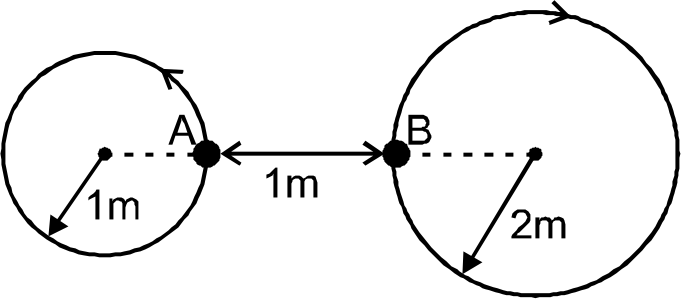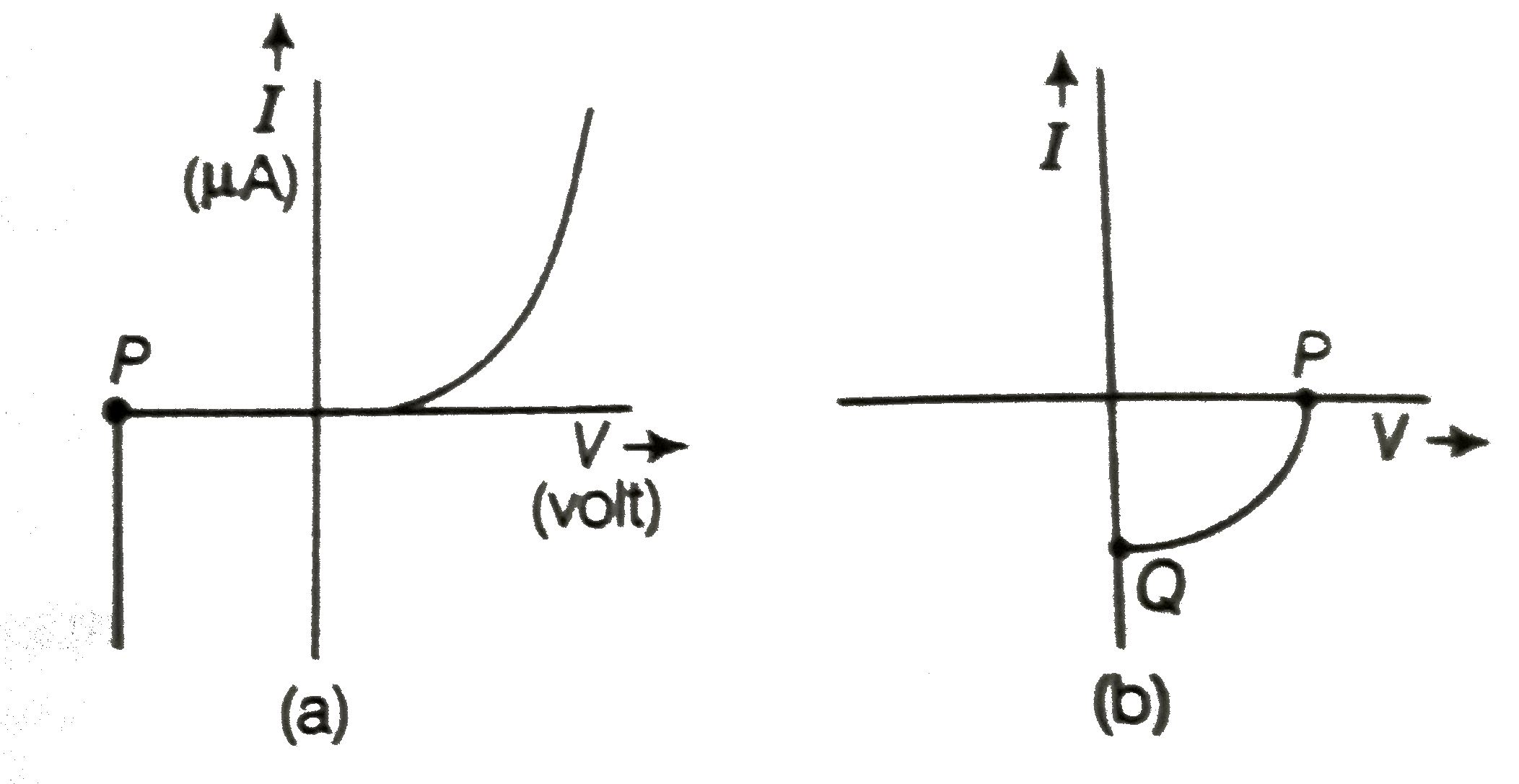The trajectories, traced by different α-particles in Geiger-Marsden experiment were observed as shown in the Fig. 12.07.
(a)What names are given to the symbols 'b' and 'q' shown here?
(b) What can we say about the values of 'V' for (i) θ≅0∘ (ii) θ=π radian ?

(a) The symbol .b. is known as the "impact parameter" and symbol .e. is named as "angle of scattering"
(b) (i) If θ=0∘ then .b. has a large value.
(ii) If θ=π radian then .b. has almost a zero value.
Topper's Solved these Questions
- ATOMSBOOK - U-LIKE SERIESCHAPTER - ATOMSEXERCISE - LONG ANSWER QUESTIONS - I
18 Videos
- ATOMSBOOK - U-LIKE SERIESCHAPTER - ATOMSEXERCISE - LONG ANSWER QUESTIONS - II
4 Videos
- ATOMSBOOK - U-LIKE SERIESCHAPTER - ATOMSEXERCISE - VERY SHORT ANSWER QUESTIONS.
20 Videos
- ALTERNATING CURRENT BOOK - U-LIKE SERIESCHAPTER - ALTERNATING CURRENT EXERCISE - SELF ASSESSMENT TEST (SECTION -C)
2 Videos
- CBSE EXAMINATION PAPER 2020 BOOK - U-LIKE SERIESCHAPTER - CBSE EXAMINATION PAPER 2020 EXERCISE - SECTION D
12 Videos
Similar Questions
X-ray spectrum obtained from a metallic target has been shown in the figure. The spectrum has been obtained for four different accelerating voltages in the X-ray tube: 25kV, 20kV, 15kV and 10kV.

(a) Find the value of λ0 shown in the graph.
(b) What can you say about the energy of a K-shell electron in the target atom?
View SolutionTwo particles are moving in different circles in same plane with different angular velocities as shown in figure. At t = 0, initial positions of particles A and B are shown by dots on the respective circles. Initial distance between particles is 1m. Particle A move anticlockwise in the first circle whereas B moves clockwise in the second circle. Angle described (rotated) by A and B in time 't' are θA=(π2t) and θB=(πt) respectively. here θ is in radian and t is in second. Radius of each circle is shown in diagram.

At time t=2 second, the angular velocity of the particle A with respect to the particle B is
View Solution
Knowledge Check
Two particles are moving in different circles in same plane with different angular velocities as shown in figure. At t = 0, initial positions of particles A and B are shown by dots on the respective circles. Initial distance between particles is 1m. Particle A move anticlockwise in the first circle whereas B moves clockwise in the second circle. Angle described (rotated) by A and B in time 't' are θA=(π2t) and θB=(πt) respectively. here θ is in radian and t is in second. Radius of each circle is shown in diagram.

At time t=2 second, the angular velocity of the particle A with respect to the particle B isA5π rad/secB3π2 rad/secC2π3 rad/secD5π6 rad/secTwo particles are moving in different circles in same plane with different angular velocities as shown in figure. At t = 0, initial positions of particles A and B are shown by dots on the respective circles. Initial distance between particles is 1m. Particle A move anticlockwise in the first circle whereas B moves clockwise in the second circle. Angle described (rotated) by A and B in time 't' are θA=(π2t) and θB=(πt) respectively. here θ is in radian and t is in second. Radius of each circle is shown in diagram.

At time t=1 sec. the magnitude of acceleration of A with respect to B isAπ24√65ms2Bπ22√7ms2Cπ23√15ms2Dπ24√7ms2Two particles are moving in different circles in same plane with different angular velocities as shown in figure. At t = 0, initial positions of particles A and B are shown by dots on the respective circles. Initial distance between particles is 1m. Particle A move anticlockwise in the first circle whereas B moves clockwise in the second circle. Angle described (rotated) by A and B in time 't' are θA=(π2t) and θB=(πt) respectively. here θ is in radian and t is in second. Radius of each circle is shown in diagram.

Find the magnitude of acceleration of A at t=1 secAπ23m/sBπ27Cπ24DNone of these
(i) Name the type of a diode whose characteristics are shown in figure (a) and (b)
(ii) What does the point P in fig. (a) represent ?
(iii) What does the point P and Q in fig. (b) represent ?

View Solution(i) Name the type of a diode whose characteristics are shown in figure (a) and (b)
(ii) What does the point P in fig. (a) represent ?
(iii) What does the point P and Q in fig. (b) represent ?

View SolutionThree studends X,Y and Z performed an experiment for studying variation of a.c. with angular frequency in series LCR circuit, and obtained the graphs shown in Fig. They all used a.c. soucre of same rms value and inductance of same value. What can we conclude about (i) Capacitance value (ii) Resistance value used by them? In which case will the quality factor be maximum? What we conclude about nature of impedance of set up at frequency ω0 ?

View SolutionThe following graph shows the species area relationship. Answers the Questions as directed.
(a) Name the naturalist who studied the kind of relationship shown in the graph.
Write the observations made by him.
(b) Write the situations as discovered by the ecologists when the value of 'Z' (slope of the line) lies between
(i) 0.1 and 0.2, (ii) 0.6 and 1.2
What does 'Z' stand for ?
(c ) When would the slope of the line 'b' become steeper ?

View SolutionThe following graph shows the species area relationship. Answers the Questions as directed.
(a) Name the naturalist who studied the kind of relationship shown in the graph.
Write the observations made by him.
(b) Write the situations as discovered by the ecologists when the value of 'Z' (slope of the line) lies between
(i) 0.1 and 0.2, (ii) 0.6 and 1.2
What does 'Z' stand for ?
(c ) When would the slope of the line 'b' become steeper ?

View Solution
